 Charleston Church
Charleston Church
Entry Category: Religion - Starting with C
 Charleston Church
Charleston Church
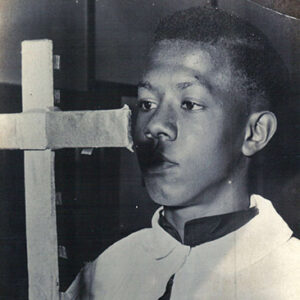 Christ Church Crucifier
Christ Church Crucifier
Christ Church Parochial and Industrial School
 Christ Church Parochial and Industrial School
Christ Church Parochial and Industrial School
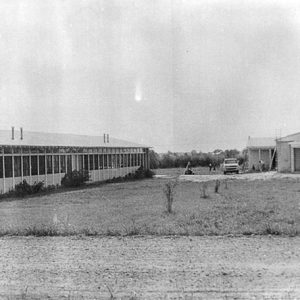 Christ Church Parochial School Buildings
Christ Church Parochial School Buildings
Christ of the Ozarks
 Christ of the Ozarks
Christ of the Ozarks
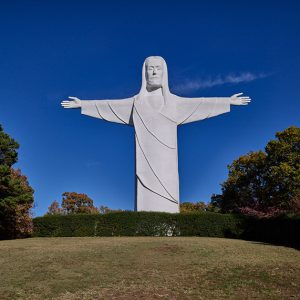 Christ of the Ozarks
Christ of the Ozarks
 Christ Statue
Christ Statue
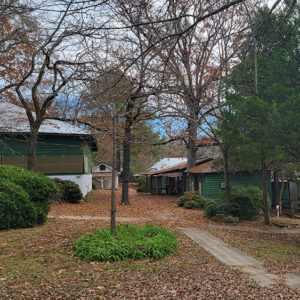 Christadelphian School
Christadelphian School
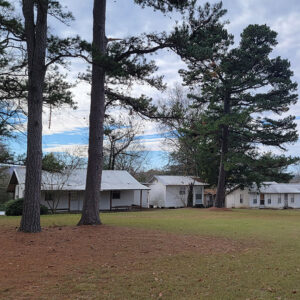 Christadelphian School Buildings
Christadelphian School Buildings
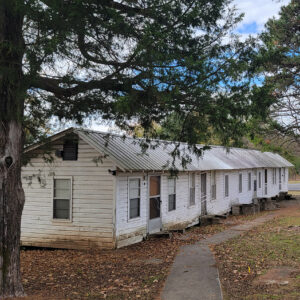 Christadelphian School Bungalows
Christadelphian School Bungalows
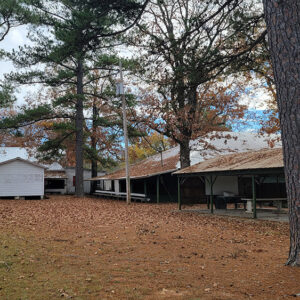 Christadelphian School Grounds
Christadelphian School Grounds
 Christadelphian School Playground
Christadelphian School Playground
Christadelphians
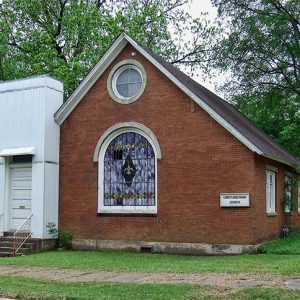 Christadelphian Church
Christadelphian Church
Christian Church (Disciples of Christ)
Christian Scientists
aka: Christian Science
aka: Church of Christ, Scientist
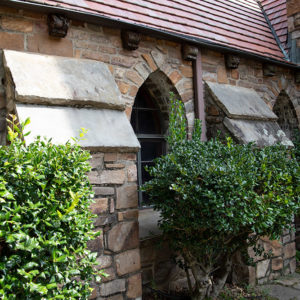 Church Building Detail
Church Building Detail
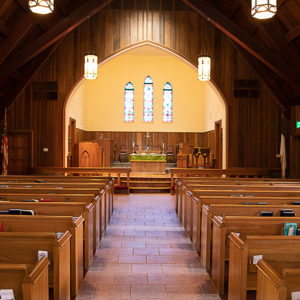 Church Interior
Church Interior
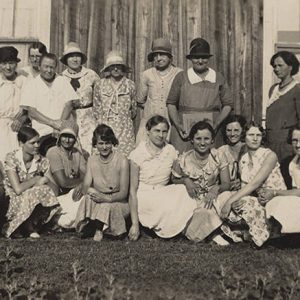 Church Ladies Aid Society
Church Ladies Aid Society
Church of God in Christ (COGIC)
Church of Jesus Christ of Latter-day Saints
aka: Mormons
Church of the Nazarene
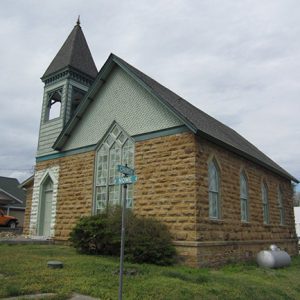 Church of the Nazarene
Church of the Nazarene
Churches of Christ
Circuit Riders
Clark, Alida Clawson
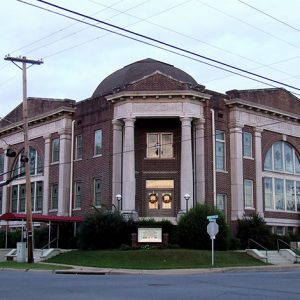 Clarksville Presbyterian Church
Clarksville Presbyterian Church
Clear Springs Tabernacle
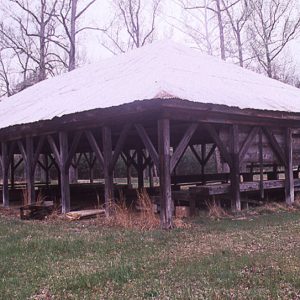 Clear Springs Tabernacle
Clear Springs Tabernacle
Clergy Sexual Abuse
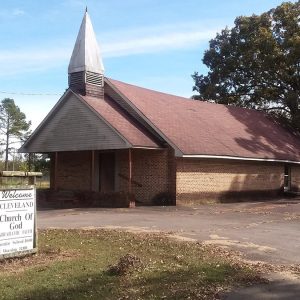 Cleveland Church of God
Cleveland Church of God
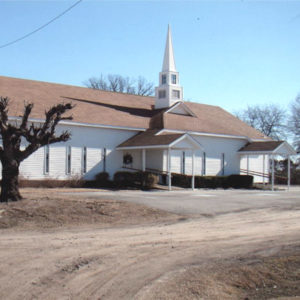 Cleveland Church
Cleveland Church
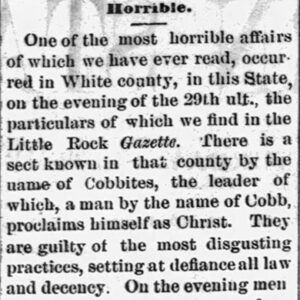 Cobbite Article
Cobbite Article
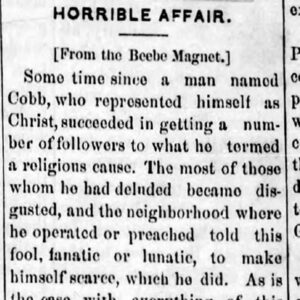 Cobbite Article
Cobbite Article
Cobbites
Colored Industrial Institute
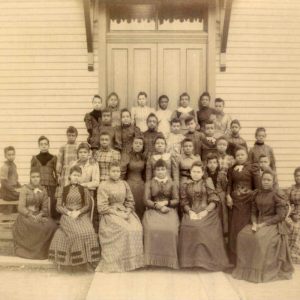 Colored Industrial Institute Students
Colored Industrial Institute Students
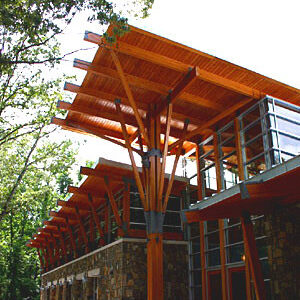 Commons Center
Commons Center
Compere, Ebenezer Lee (E. L.)
Compere, Lee
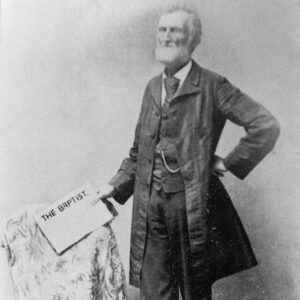 Lee Compere
Lee Compere
Cone, James Hal
Convent Inspection Act of 1915
aka: Act 130 of 1915
aka: Posey Act
 Cooper Chapel
Cooper Chapel
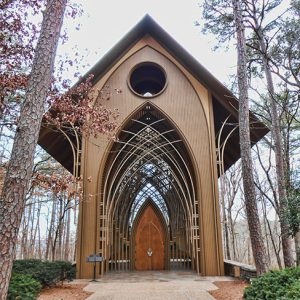 Cooper Chapel
Cooper Chapel
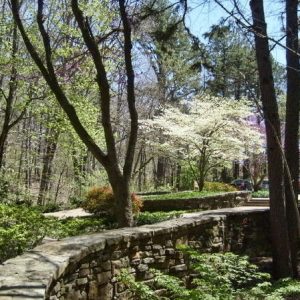 Cooper Chapel Entrance
Cooper Chapel Entrance
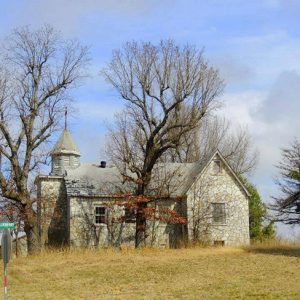 Cord Church
Cord Church
 Cotton Plant Presbyterian
Cotton Plant Presbyterian




